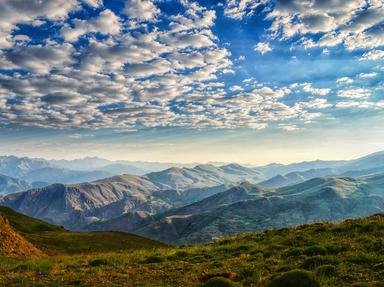Quiz Answer Key and Fun Facts
1. Known for its destructive eruptions, this iconic volcano on Italy's west coast has been dormant since 1944.
2. This very active Sicilian volcano was believed by the ancients to be the forge of a god.
3. This Philippine stratovolcano's cataclysmic 1991 eruption had an enormous impact on global weather.
4. Still dangerous in spite of being just a "child" of an infamous Indonesian volcano, this volcano caused a deadly tsunami in 2018.
5. In the 2010s, air traffic was disrupted by this glacier-capped stratovolcano's explosive activity.
6. This massive shield volcano on Hawaii's Big Island is considered the world's largest volcano above ground.
7. This Hawaiian volcano's almost continuous eruptions between 1983 and 2018 kept it in the news for quite some time.
8. Located on an island, this constantly active volcano has been nicknamed "The Lighthouse of the Mediterranean".
9. Antarctica's most active volcano, replete with ice towers, is also the southernmost active volcano on Earth.
10. Its explosive eruption reduced this North American volcano's height by a few hundred meters.
Source: Author
gracious1
This quiz was reviewed by FunTrivia editor
agony before going online.
Any errors found in FunTrivia content are routinely corrected through our feedback system.
